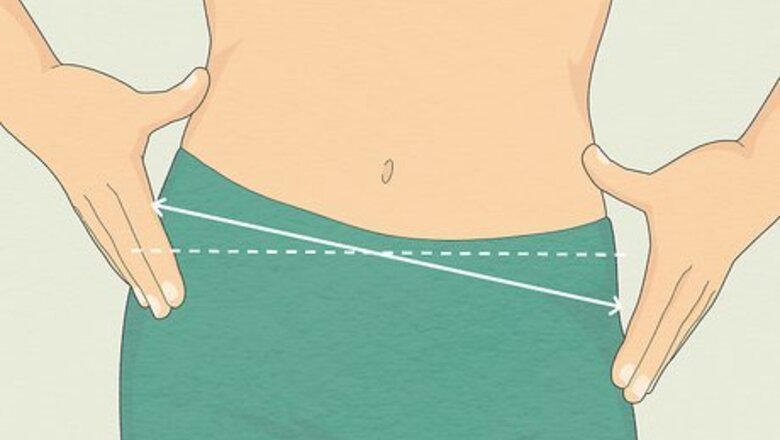
views
- Realign your hips at home with some simple lower body exercises, like the 90/90 hip stretch.
- Note that at-home exercises can help alleviate pain symptoms for certain types of misalignment, but visiting your doctor is still the best path forward.
- Leg length discrepancies (functional and anatomical) and scoliosis are the most common causes of misaligned hips.
- Feel the crests of your hips with your hands to check for any misalignment. Confirm your suspicions with a doctor before officially diagnosing yourself.
Checking Alignment
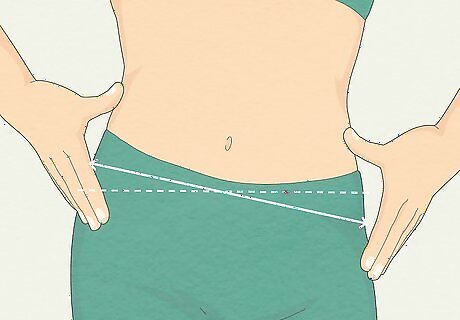
Feel the crests of your hips and see if they’re even. Stand up straight in front of a mirror and place your hands on your sides, keeping them centered between your waist and your hips. Feel around your abdomen to find the crests of each hip—if your hands are both level once you find the crests of your hips, your legs and hips are likely level, too. If you’re having trouble finding your hips, look at an anatomical diagram for reference. That’ll make it a little easier to visualize where your bones are.
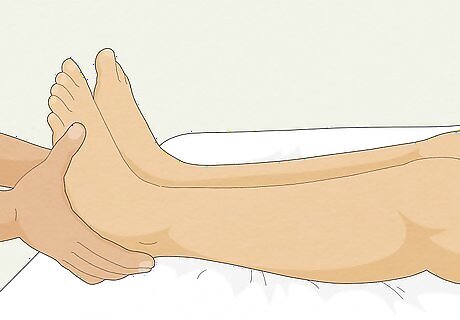
Ask a friend to inspect the length of your legs while you’re laying down. Lie down on a flat surface (like your bed), keeping your legs as level and straight as you can. Have your friend check your inner ankle bones and see if they’re lined up. Then, sit up slowly while your friend observes the position of your ankles. If your ankles are still lined up after you’ve sat up, you probably don’t have any alignment issues. If one ankle now extends farther than the other, you may have an alignment issue.
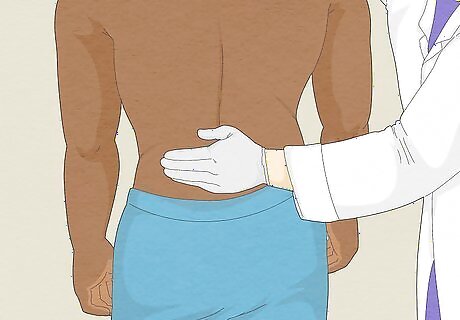
Visit a medical professional to get an official diagnosis. At-home tests are easy and convenient, but there’s definitely some room for error (especially if you don’t have a lot of medical or orthopedic expertise). A medical professional can let you know definitively if you have an alignment problem and can help you come up with a treatment plan to target the issue.
Exercises
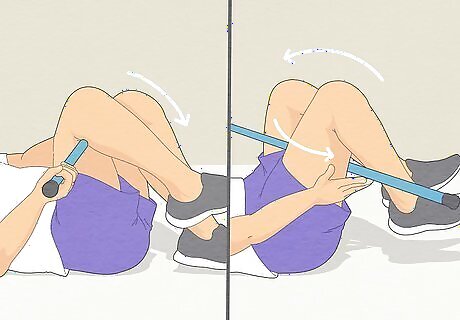
Realign your hips with a sturdy pole or stick. Lie flat on your back with your knees bent and in line with your hips. Then, grab a pole (like a broomstick) and slide it beneath your right knee and on top of your left knee—make sure that the pole is about 1 in (2.5 cm) below your knee on both sides rather than directly on top of or below it. For 5 seconds, lift both feet off the ground. Press your right knee forward against the pole and your left knee back against the pole. Repetitions: Do five 5-second reps, switching legs with each rep. Tip: Afterward, clench your fists and hold them side-by-side between your knees. Squeeze your fists with your knees for 5 seconds, 5 times. This'll recalibrate your pubic symphysis (the joint in the middle of your pelvic bones). Be sure to keep the pole or stick rigid during this exercise. It helps to hold both ends with your hands while you flex your legs. Try to target the leg that feels “longer” with this exercise. If your right leg feels slightly longer than your left, start by sliding the pole beneath your right knee and setting it on top of your left knee.
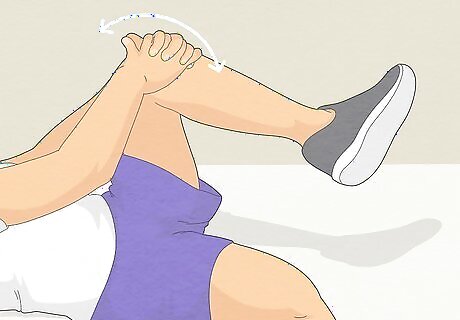
Lie down while pulling 1 knee to your chest. Lie on a flat, elevated surface, like a bed or sofa. Then, pull your left leg into your chest and dangle your right leg off the surface you’re lying on. Gently rock yourself back and forth as you pull your knee to your chest. After around 10 seconds, switch legs. Repetitions: Rock back and forth multiple times for 10 seconds. Repeat this exercise with each leg. This stretch targets your SI joint as well as your hip flexor muscles.
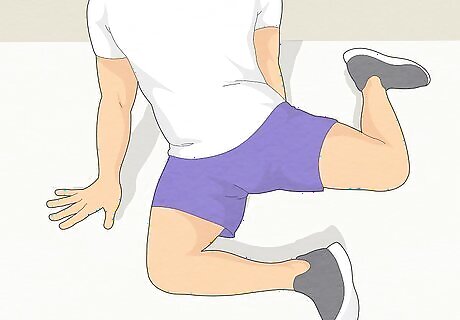
Do a 90/90 hip stretch. To do this exercise, sit down on the floor with your right leg stretched in front of you. Bend your right leg at a 90-degree angle with your entire leg flat on the floor. At this point, your calf should be parallel to your upper body. Then, stretch your other leg off to the left of your torso, keeping your left leg flush with the floor. Point this leg behind you while bending the knee in an L-shape. Repetitions: Hold this pose for 20-60 seconds. Then, switch legs and repeat the exercise again. Try to keep your torso straight and your shoulders even as you do this stretch. If you’d like a little more support, perch yourself on a pillow or yoga block before you start. The 90/90 stretch is another great way to target your QL muscles.
Causes
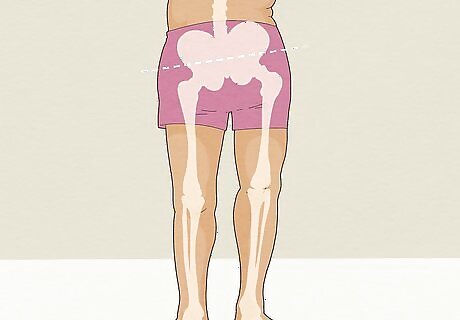
Functional leg length discrepancy (LLD)When your lower back muscles get tight and stiff, your hips may tilt in a certain direction. This is especially common in the quadratus lumborum (QL) muscle, which is attached the bottom of your each ribcage and both sides of your lower spine. When one side of this muscle gets tight and stiff, your legs might appear to be different lengths—even if they’re not. Your sacroiliac (SI) joint (the joint that connects your hips with your lower spine) can also contribute to functional LLD. When your SI joint rotates, it makes one hip look higher than the one the opposite side.
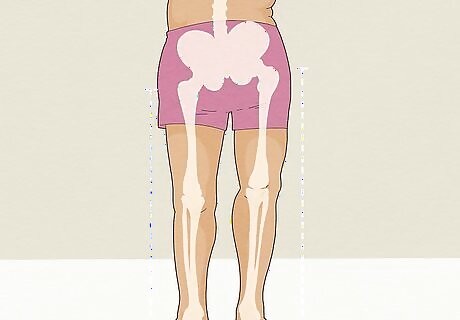
Anatomical LLDAlso known as “true” or “structural” LLD, this condition occurs when your legs are physically different lengths. You typically will realize you have an LLD and start to limp when your discrepancy is at least 2 cm (0.8 in). Believe it or not, around 75% of people have anatomical LLD to some extent. It only becomes a noticeable issue when it’s at least 2 cm (0.8 in). Mild cases can often be treated with heel inserts, while more severe cases may require surgery. Your doctor may take some leg X-rays to pinpoint what’s causing your LLD.
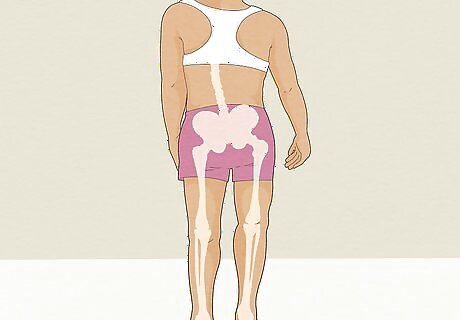
ScoliosisScoliosis is a spinal condition where your spine curves to a certain degree. Because of this curve, some individuals with scoliosis also have misaligned hips. While many people are diagnosed as children, you can still be diagnosed as an adult. Visit your doctor get an official scoliosis diagnosis. Treating adult scoliosis doesn’t typically require intense treatment—your doctor might suggest taking OTC painkillers, stretching regularly, and taking steps to improve your posture.
Treatment
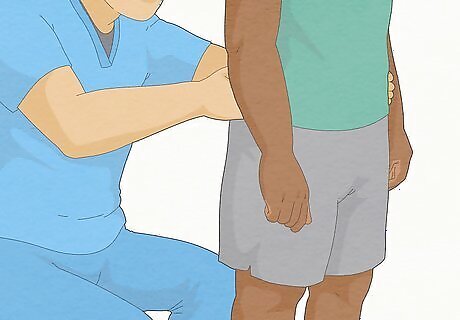
Treat functional LLD by targeting the problem area with your doctor. From a medical perspective, functional LLD typically stems from an issue with your pelvis, lower back, and/or hips. Consult with a doctor or orthopedic professional to pinpoint what the source of your LLD is, so you can treat it accordingly. Functional LLD is strongly associated with stiff and tight QL muscles. With this in mind, your doctor might suggest a treatment plan that targets that muscle specifically. Functional LLD treatments aren’t as straightforward as structural LLD treatments. Some medical professionals will focus on re-teaching your nervous system to relax muscles that get tightened involuntarily and creating better posture habits.
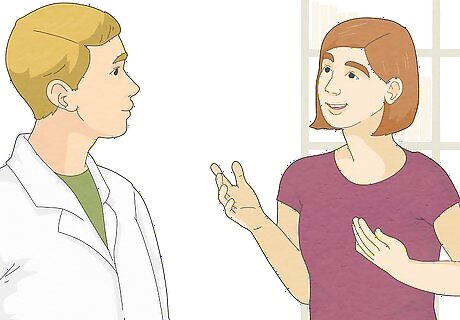
Talk to your doctor and see if your scoliosis needs to be treated at all. With adult scoliosis, your doctor’s main priority is keeping you pain-free and comfortable rather than fixing the curve in your spine. If you’re experiencing symptoms like back pain, leg pain, and poor posture, your doctor might suggest: Stretching regularly Building your core muscles Practicing good posture Taking OTC painkillers
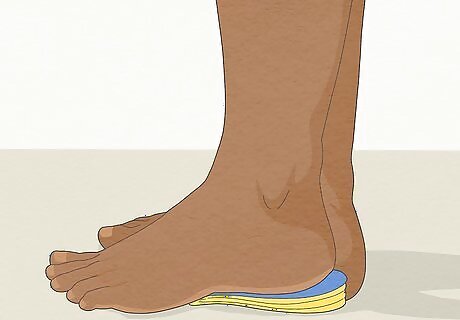
Discuss heel lifts and surgical options with your doctor for anatomical LLD. In mild cases of LLD where 1 leg is only 2-2.5 cm (0.8-1 in) longer than the other, your doctor might suggest sticking a heel lift in the shoe of your shorter leg to help even things out. In more extreme cases of LLD, your doctor might suggest surgery. This includes options like: An osteotomy (removing a small portion of the leg bone) A leg-lengthening surgery An epiphysiodesis (a surgery that affects the bone’s growth process) is a common treatment option for children with LLD. Unfortunately, it’s not a viable option for adults (whose bones have already stopped growing).
Takeaways
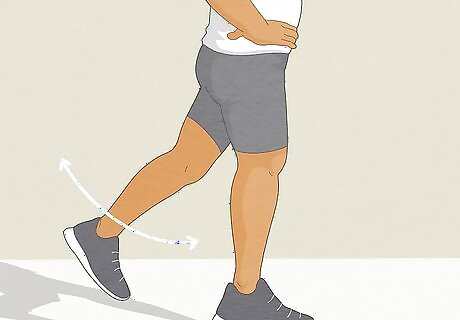
At-home exercises may help decrease pain associated with misaligned hips. Misaligned hips are often caused by tightness and stiffness along 1 side of your QL muscles. They can also be caused by a rotation in your SI joint, which causes 1 side of pelvis to look higher than the other. Targeted exercises and stretches can help address these issues and provide relief.
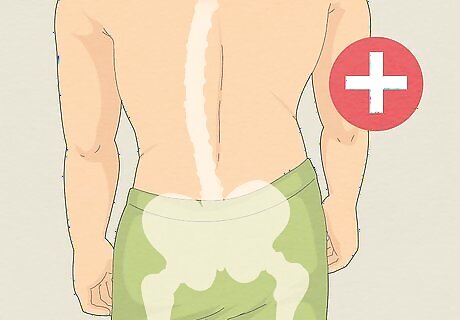
Consult with a doctor or orthopedic professional for a formal diagnosis and treatment plan. At-home hip exercises may provide some relief, but they aren’t a replacement for an official evaluation and diagnosis from a doctor. If you have any questions or concerns about your hip alignment, consult with a doctor or orthopedic professional right away.




















Comments
0 comment